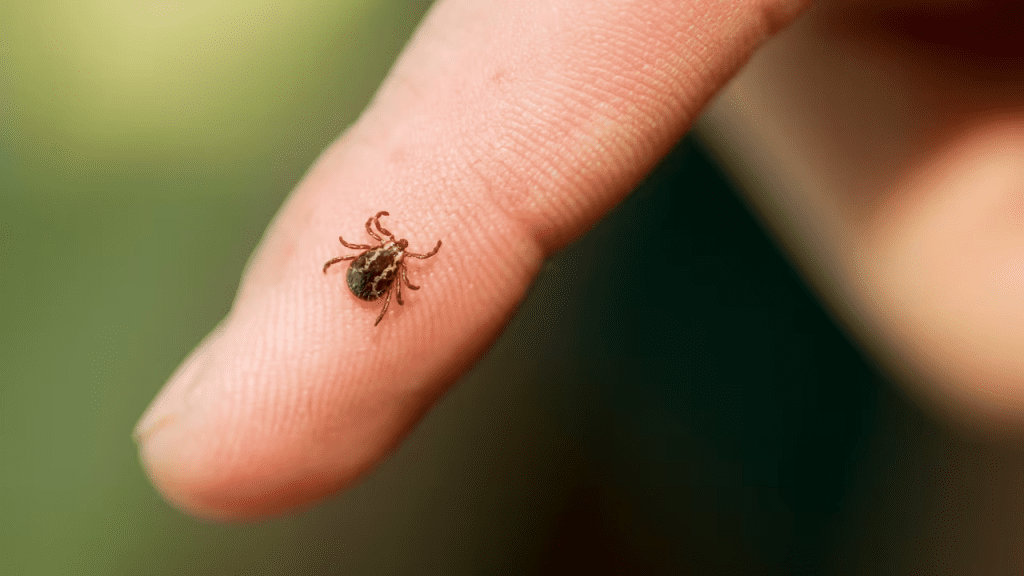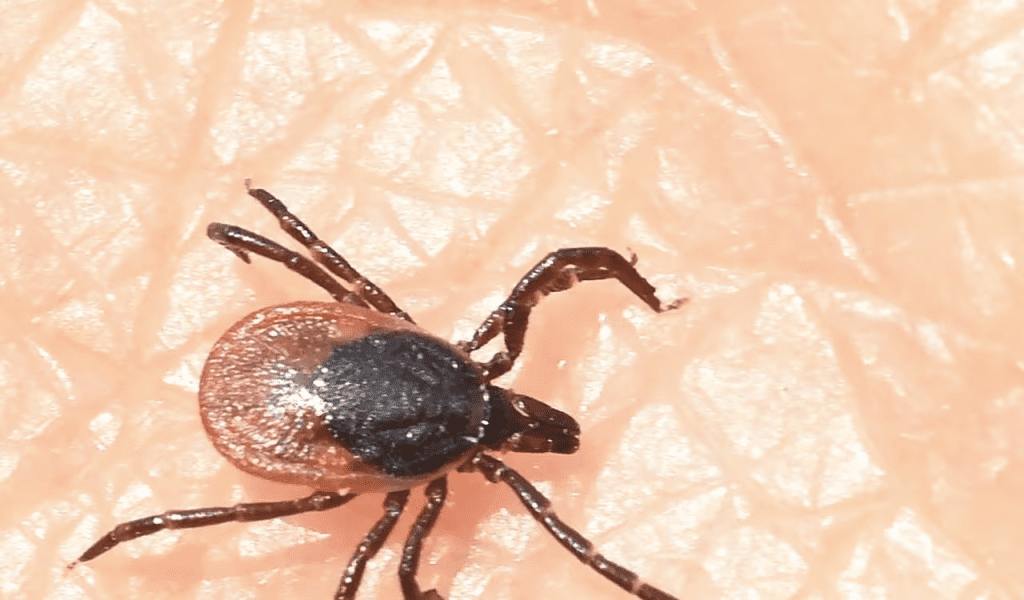Ticks aren’t just pesky outdoor nuisances—they can invade your home and turn it into their playground. These tiny, blood-sucking arachnids thrive in dark, damp, and undisturbed areas, posing risks to both humans and pets. Knowing where ticks hide and how to eliminate them is crucial for maintaining a healthy, tick-free environment. Let’s dive into the details.
Why Do Ticks Invade Your Home?

Ticks are opportunists, hitching rides on pets, clothing, and outdoor gear to make their way indoors. Once inside, they seek conditions that mimic their natural habitats: warm, moist, and undisturbed spaces.
What Attracts Ticks Indoors?
- Body Heat and Carbon Dioxide: Ticks are naturally drawn to the warmth and CO2 emitted by living beings.
- Moisture and Darkness: These factors replicate the outdoor environments they thrive in.
- Pets as Hosts: Dogs and cats that roam outside can unknowingly bring ticks into your home.
Once inside, ticks establish themselves in hidden spaces, multiplying and posing significant health risks.
Common Hiding Spots for Ticks in Your Home
Ticks are masters of stealth, hiding in areas where they’re least likely to be noticed. Here are some of their favorite hiding spots:
1. Carpets and Rugs
Ticks burrow into the fibers of carpets and rugs, making them hard to spot and remove.
2. Cracks and Crevices
Small gaps in flooring, baseboards, and walls serve as perfect shelters for ticks.
3. Under Furniture
Ticks often hide under couches, chairs, and beds, especially in areas that aren’t frequently cleaned.
4. Pet Bedding
Pets that spend time outdoors can bring ticks back to their bedding, creating a hotspot for infestations.
5. Curtains and Drapes
Ticks may climb up fabric and hide in folds or creases, remaining out of sight.
6. Laundry Piles
Damp or dirty laundry provides the warm, moist conditions ticks love, making it an ideal hiding place.
How to Get Rid of Ticks in Your Home

Eliminating ticks requires a thorough and multi-step approach. Here’s how you can evict these unwelcome guests:
1. Deep Clean Your Home
- Vacuum Thoroughly: Pay close attention to carpets, rugs, and corners. Dispose of vacuum bags immediately to prevent reinfestation.
- Wash Pet Bedding: Use hot water and detergent to kill ticks and their eggs.
- Steam Clean Furniture: Heat from steam effectively kills ticks hiding in upholstery or crevices.
- Mop Hard Floors: Use a disinfectant solution to clean baseboards and other hard surfaces.
2. Use Tick Repellents Indoors
- Natural Remedies: Essential oils like eucalyptus, cedarwood, and lavender are known to repel ticks. Mix a few drops with water and spray around your home.
- Chemical Treatments: Apply EPA-approved tick sprays or powders to areas like carpets, furniture, and baseboards.
3. Treat Your Pets
- Topical Treatments and Collars: Use vet-recommended tick preventatives such as collars, topical applications, or oral medications.
- Regular Baths: Wash your pets with tick-specific shampoos to remove and repel ticks.
- Inspect After Outdoor Time: Check your pet’s fur, ears, and paws for ticks after walks or playtime outdoors.
4. Maintain a Tick-Free Yard
Keeping your yard tick-free reduces the chances of them entering your home.
- Trim Grass and Shrubs: Overgrown vegetation provides shelter for ticks.
- Create Barriers: Use gravel or wood chips to separate your yard from wooded areas.
- Remove Debris: Clear piles of leaves, wood, or other debris where ticks may hide.
5. Introduce Natural Tick Predators
Consider adding beneficial nematodes to your garden. These microscopic worms prey on ticks, offering an eco-friendly solution for outdoor tick control.
Preventing Ticks from Coming Back

Prevention is the best defense against ticks. After eliminating them, take these steps to keep them out for good:
- Seal Entry Points: Inspect and seal cracks or gaps around doors and windows.
- Regular Cleaning: Maintain a consistent cleaning routine to remove potential hiding spots.
- Proper Storage: Keep outdoor gear, tools, and firewood away from your home’s entrances.
- Year-Round Pet Protection: Use tick collars or other preventatives on pets year-round to prevent them from bringing ticks indoors.
Why Ticks Are a Serious Threat
Ticks aren’t just irritating pests—they’re carriers of dangerous diseases. These include:
- Lyme Disease: A bacterial infection that causes fatigue, joint pain, and neurological issues.
- Rocky Mountain Spotted Fever: A potentially fatal disease with symptoms like fever, headache, and rash.
- Ehrlichiosis: A bacterial illness that can lead to flu-like symptoms and severe complications.
Promptly identifying and removing ticks minimizes these risks, protecting the health of both humans and pets.
Conclusion
Ticks may be tiny, but their impact on your home and health can be massive. By understanding their hiding spots, implementing effective cleaning and treatment methods, and taking proactive prevention measures, you can reclaim your home and keep it tick-free.
Remember, vigilance is key. Regular cleaning, treating your pets, and maintaining a tick-free yard are your best defenses. Stay proactive, and you’ll ensure these stealthy pests never make themselves comfortable in your home. A clean, tick-free environment means peace of mind for you and your family!


